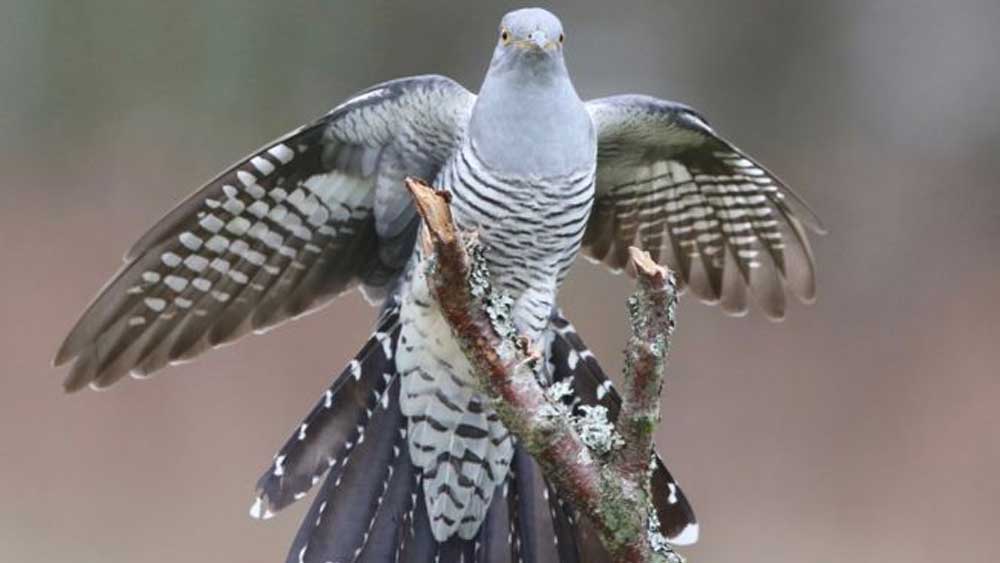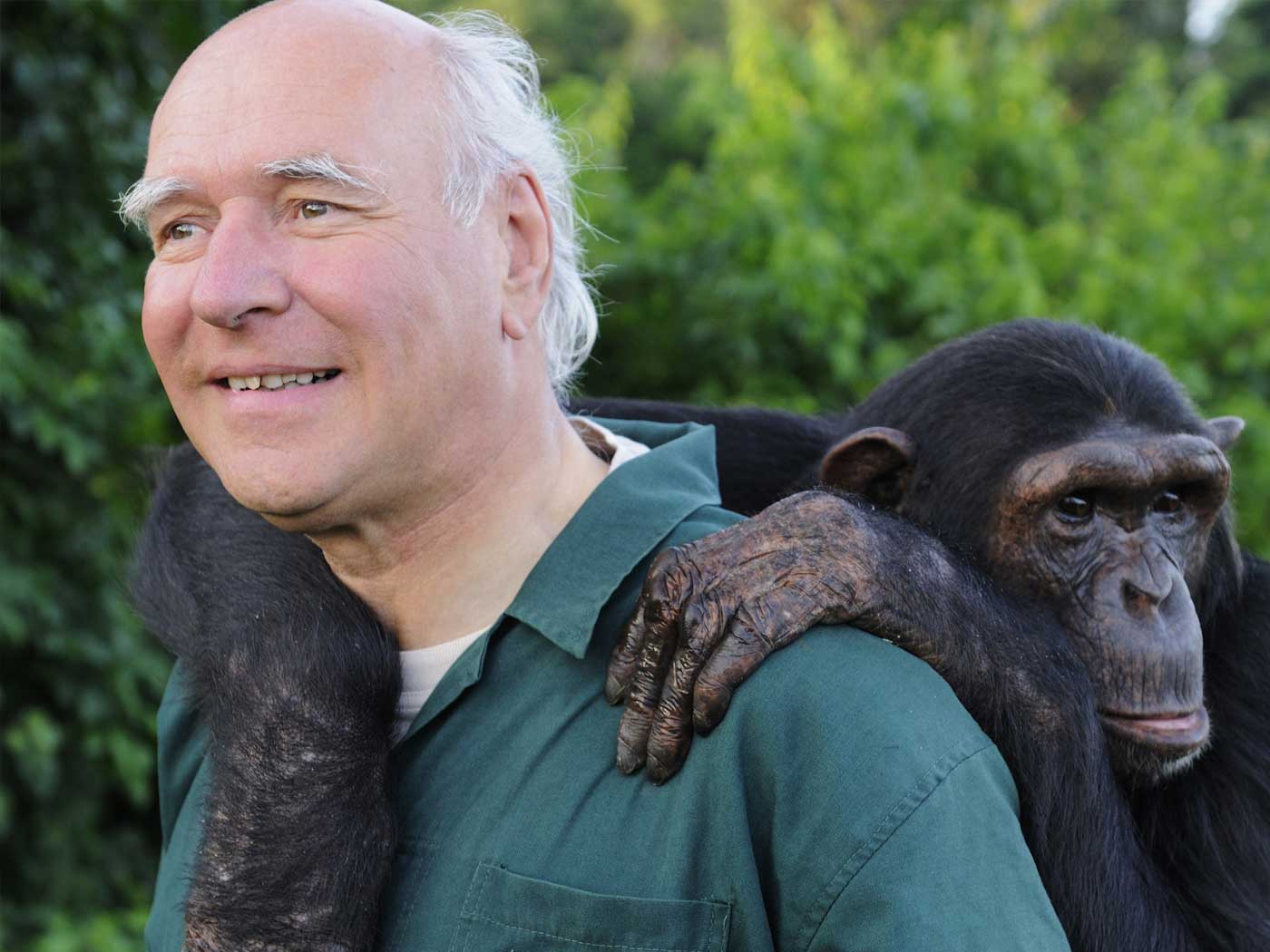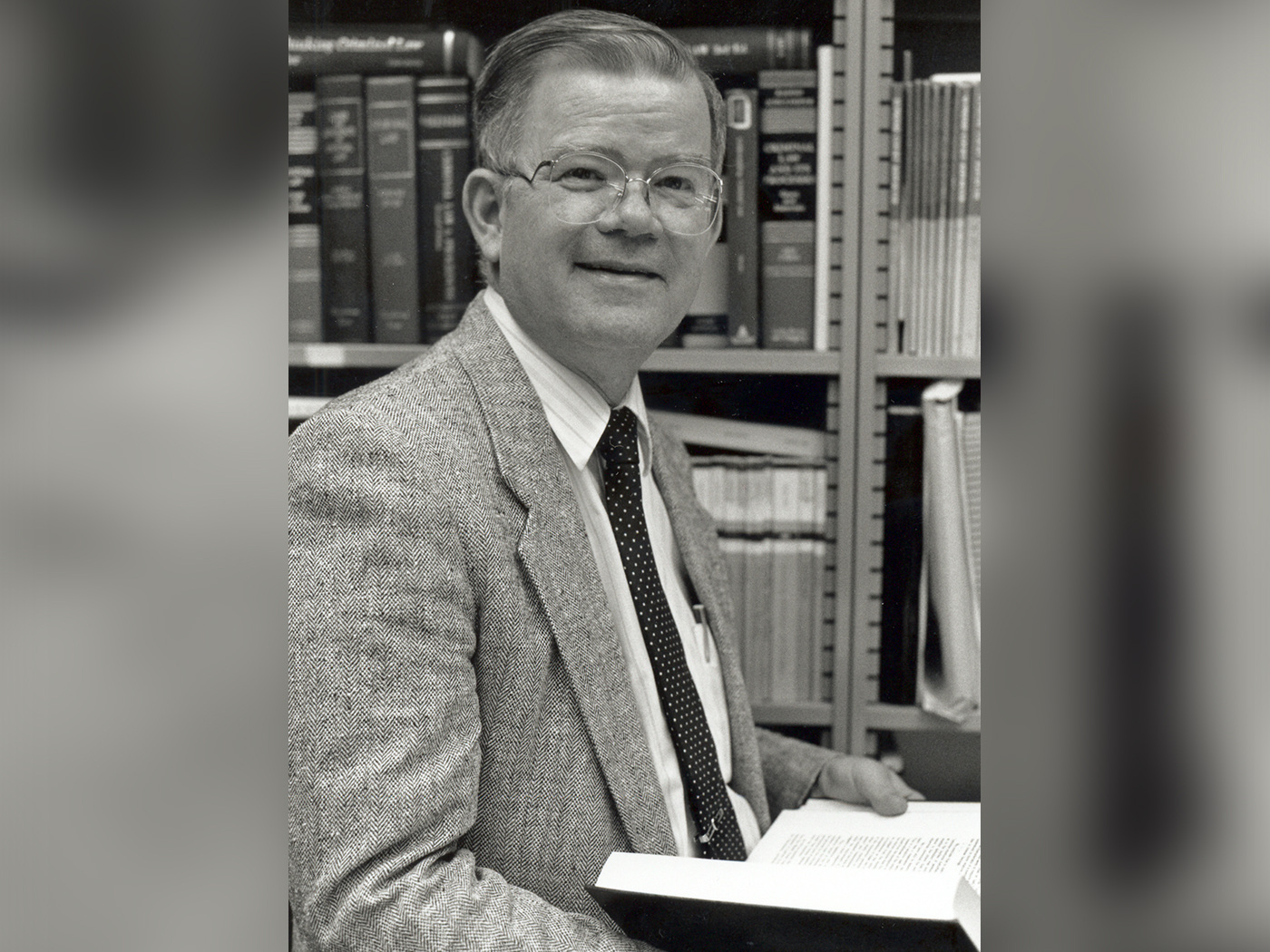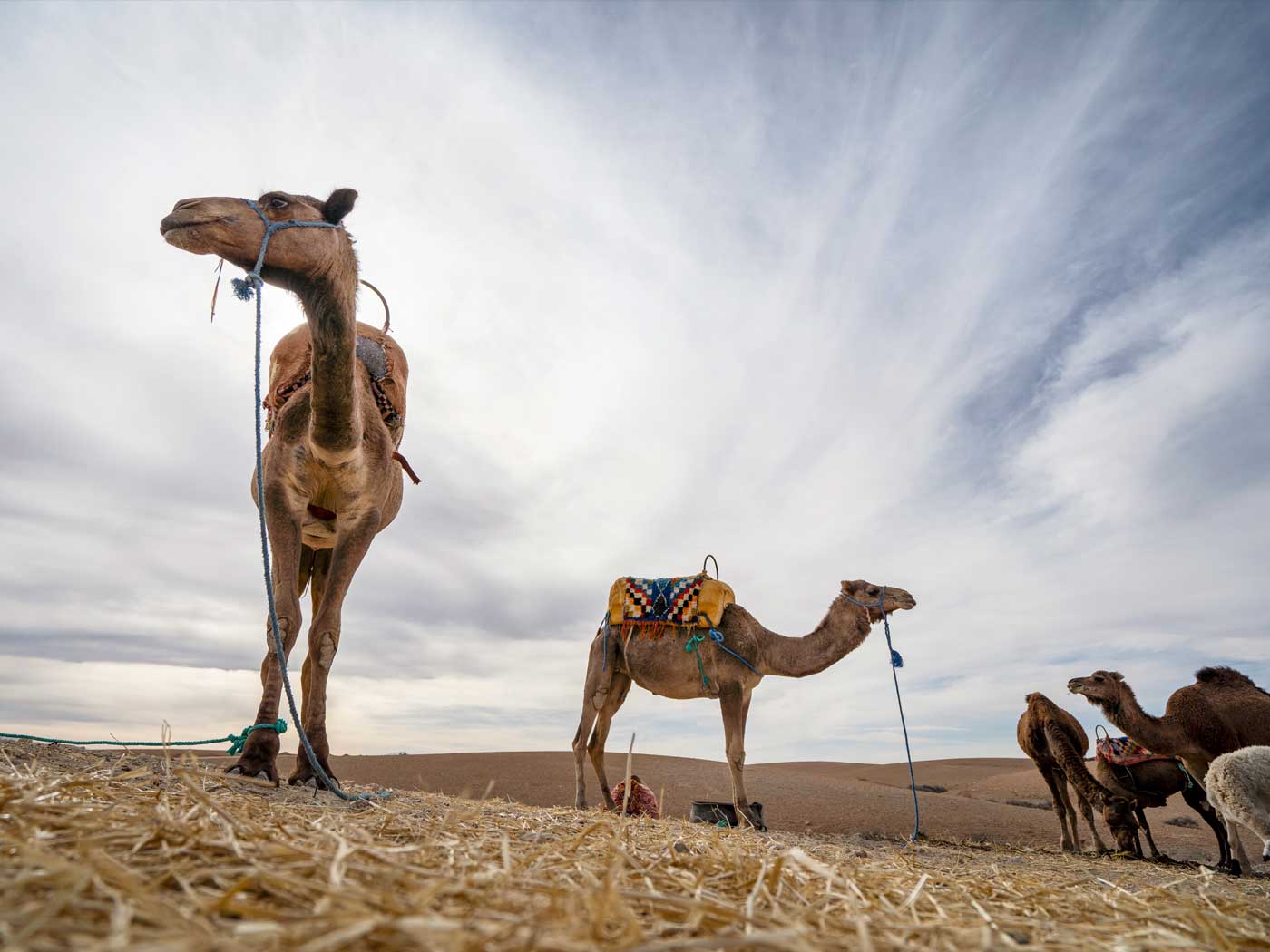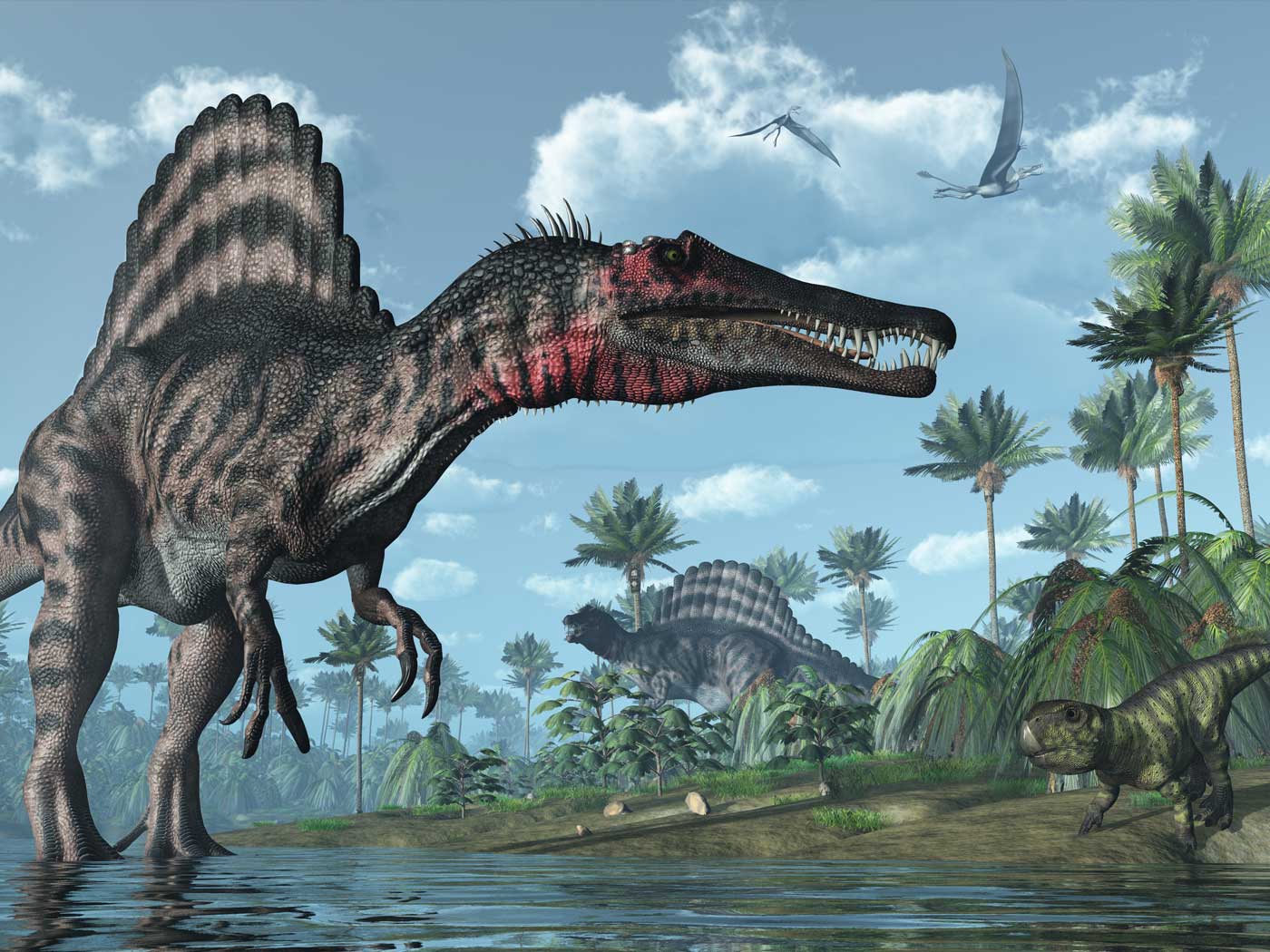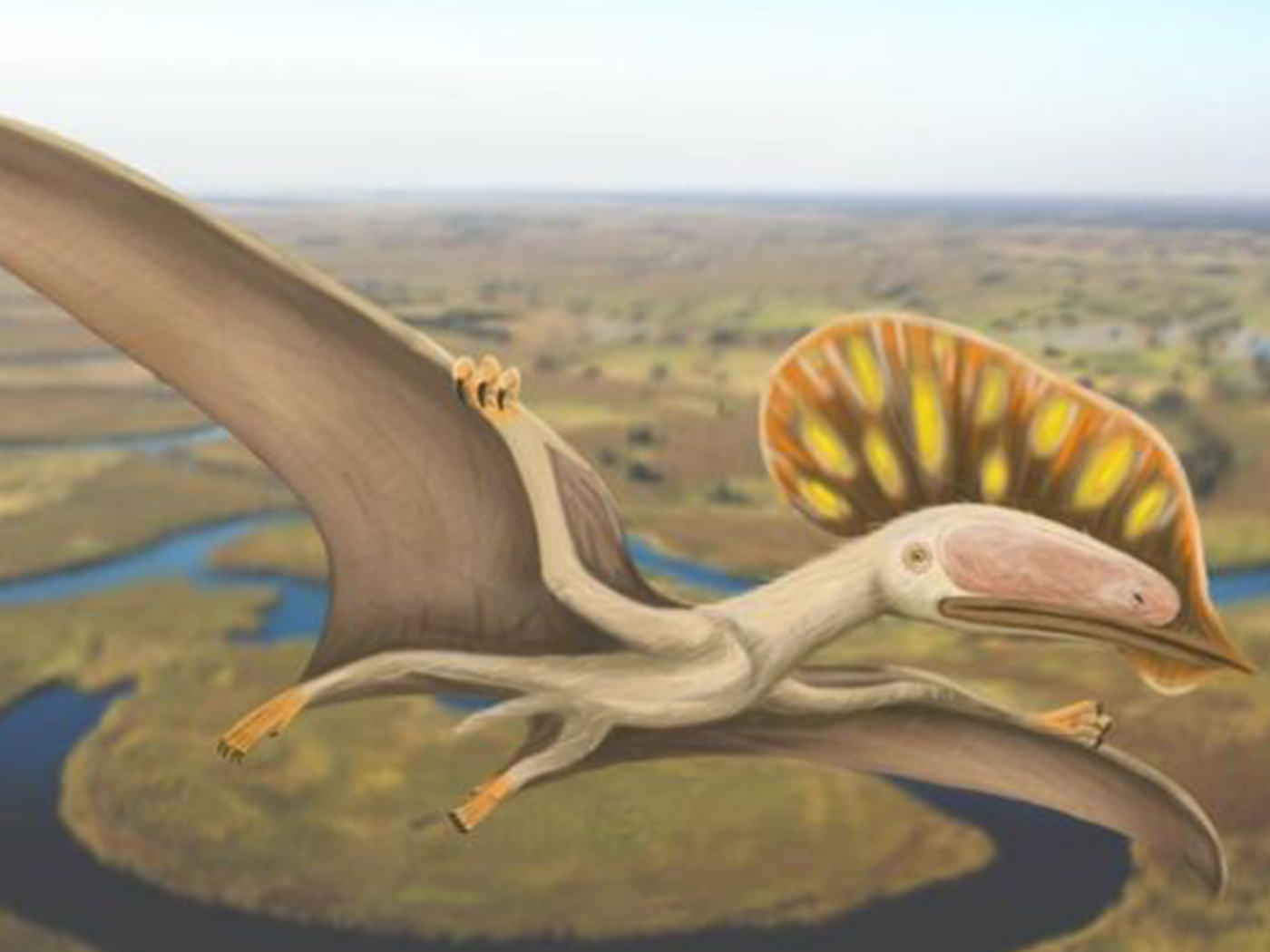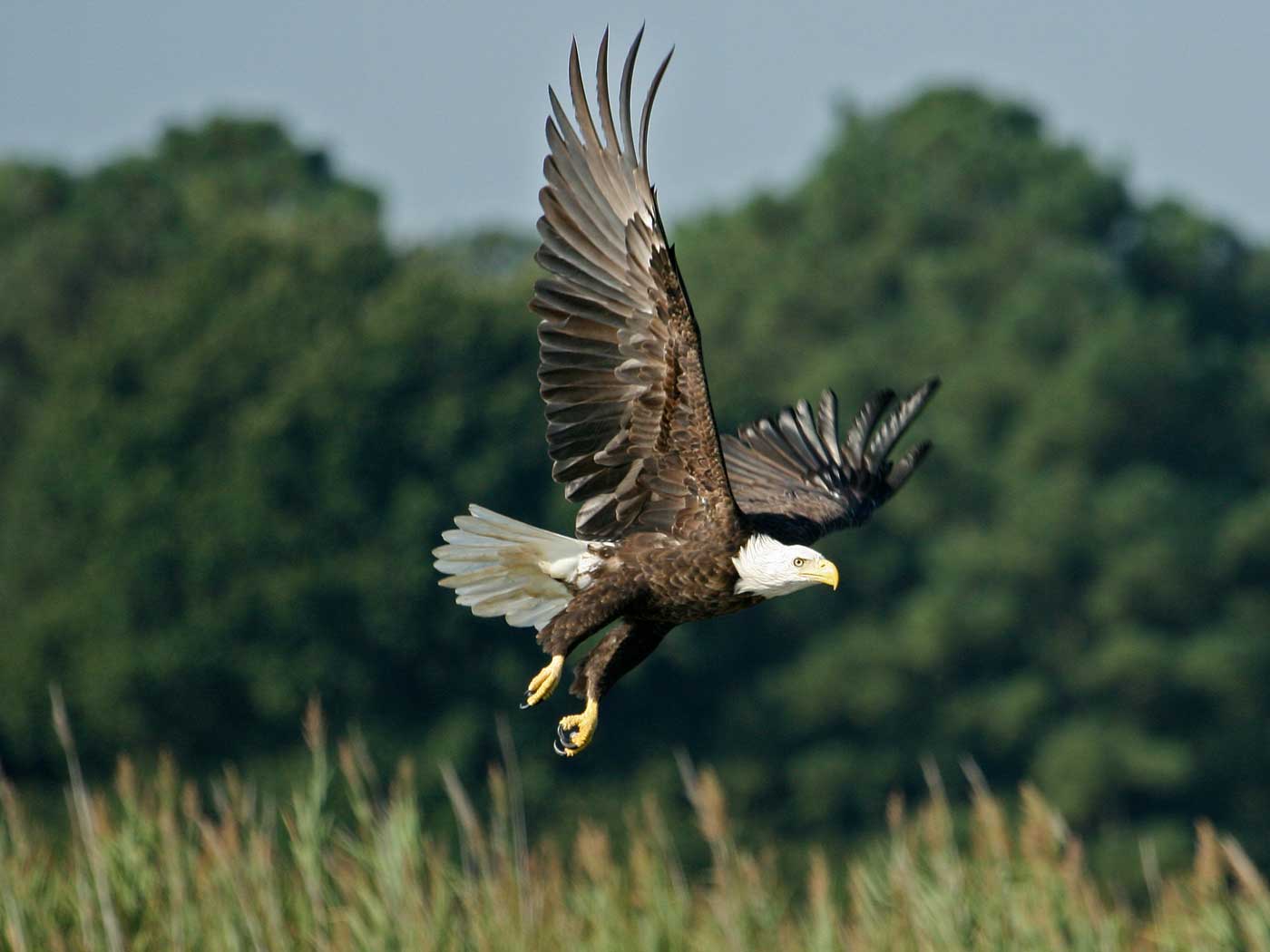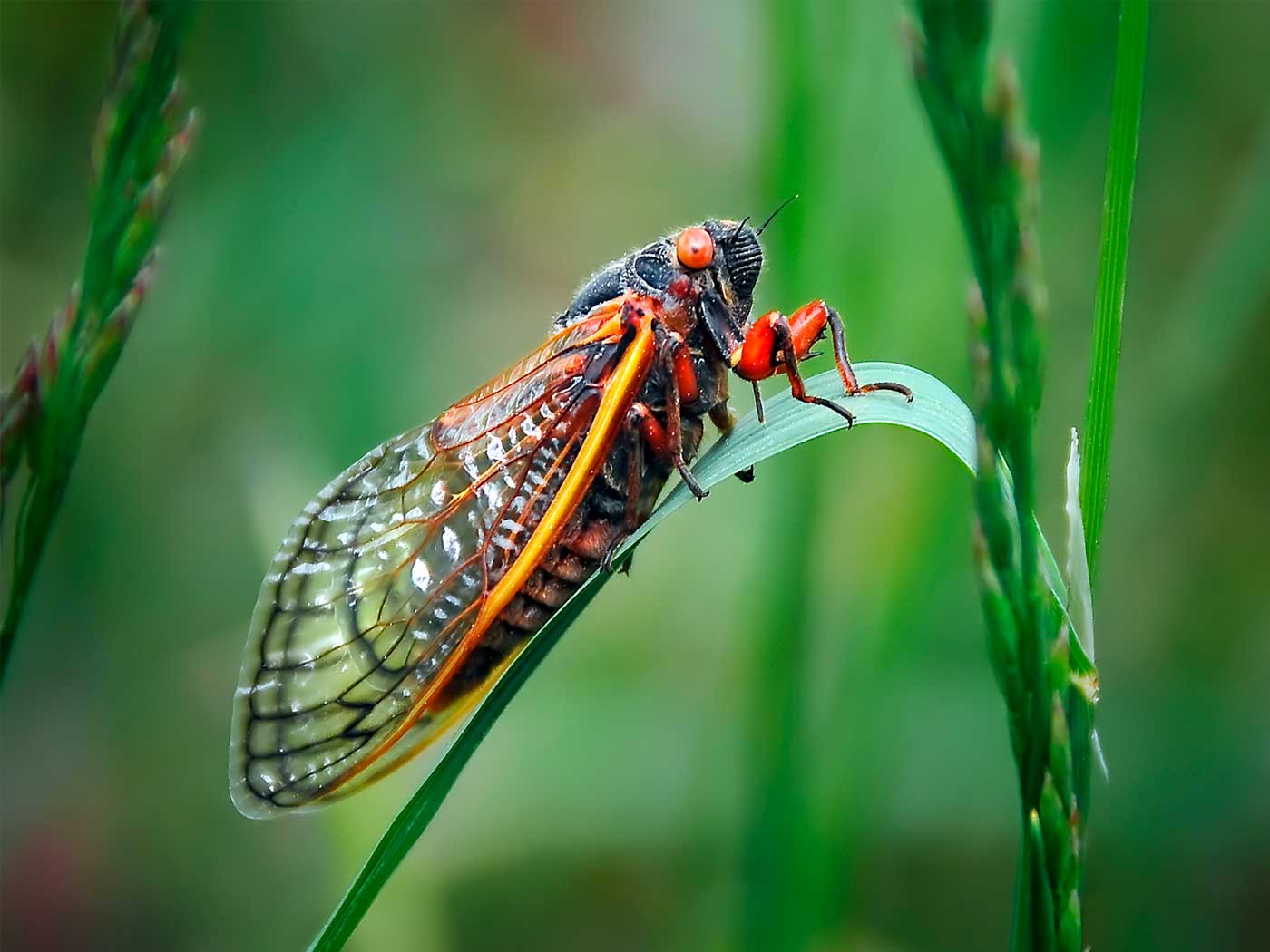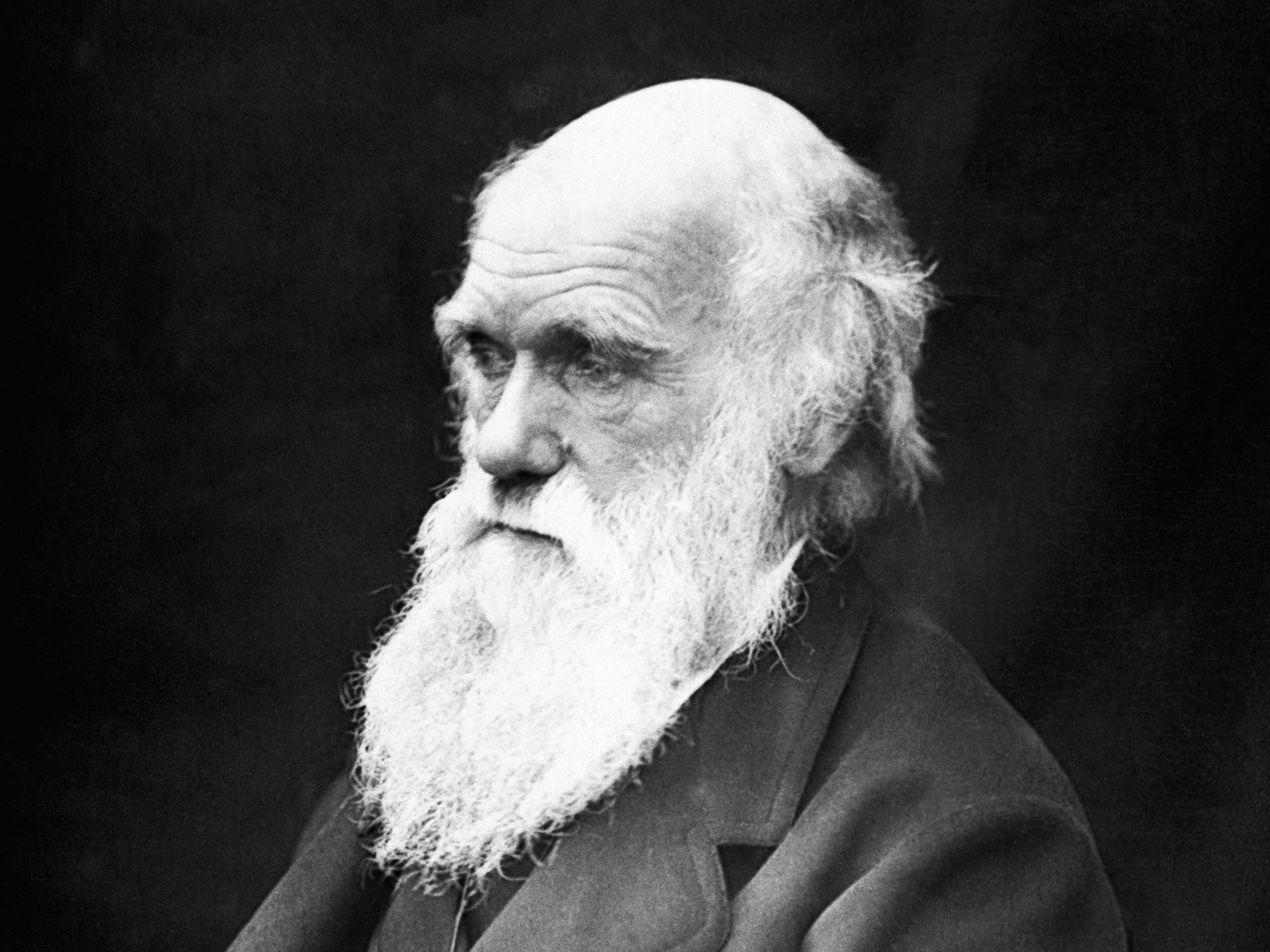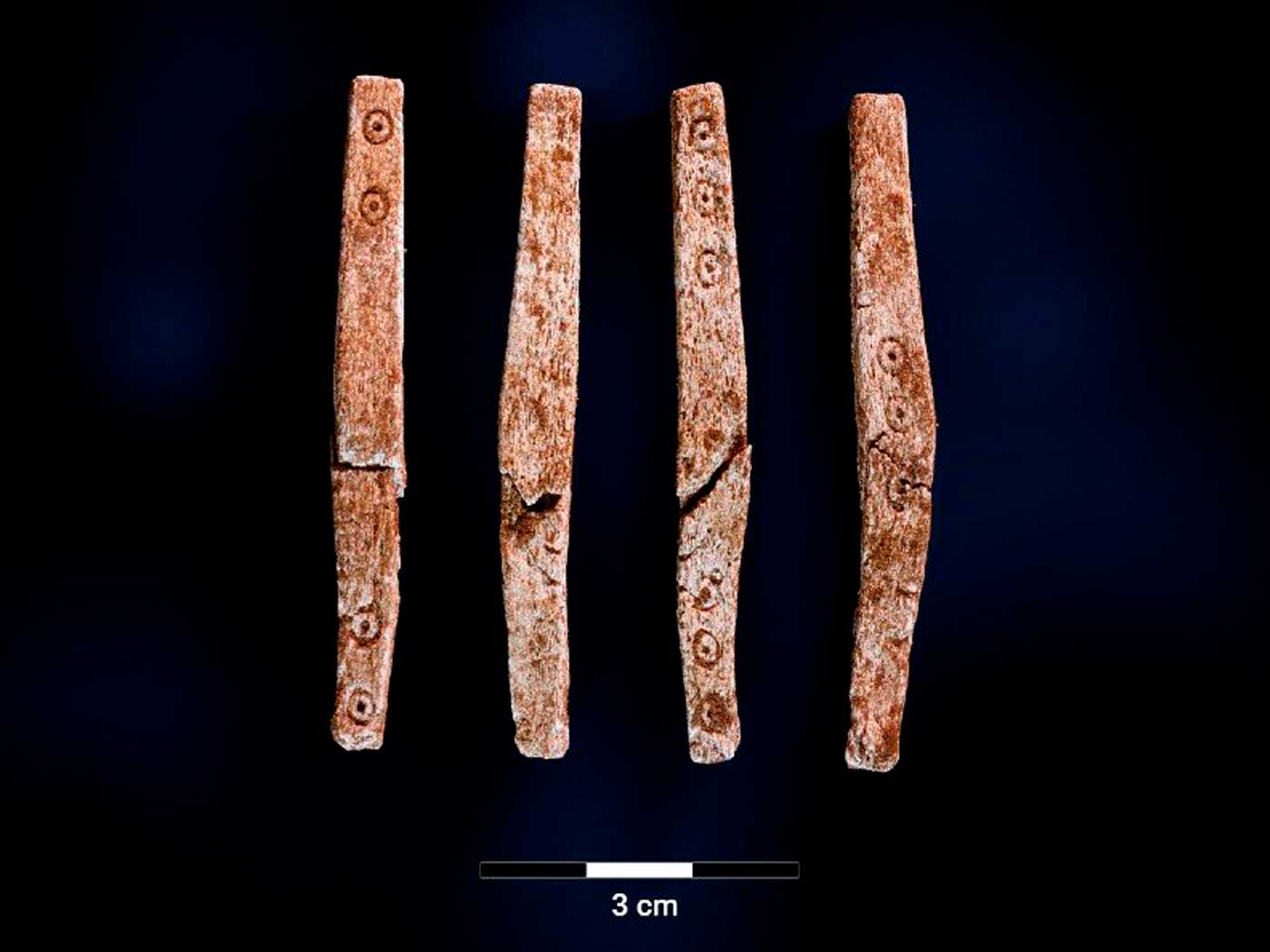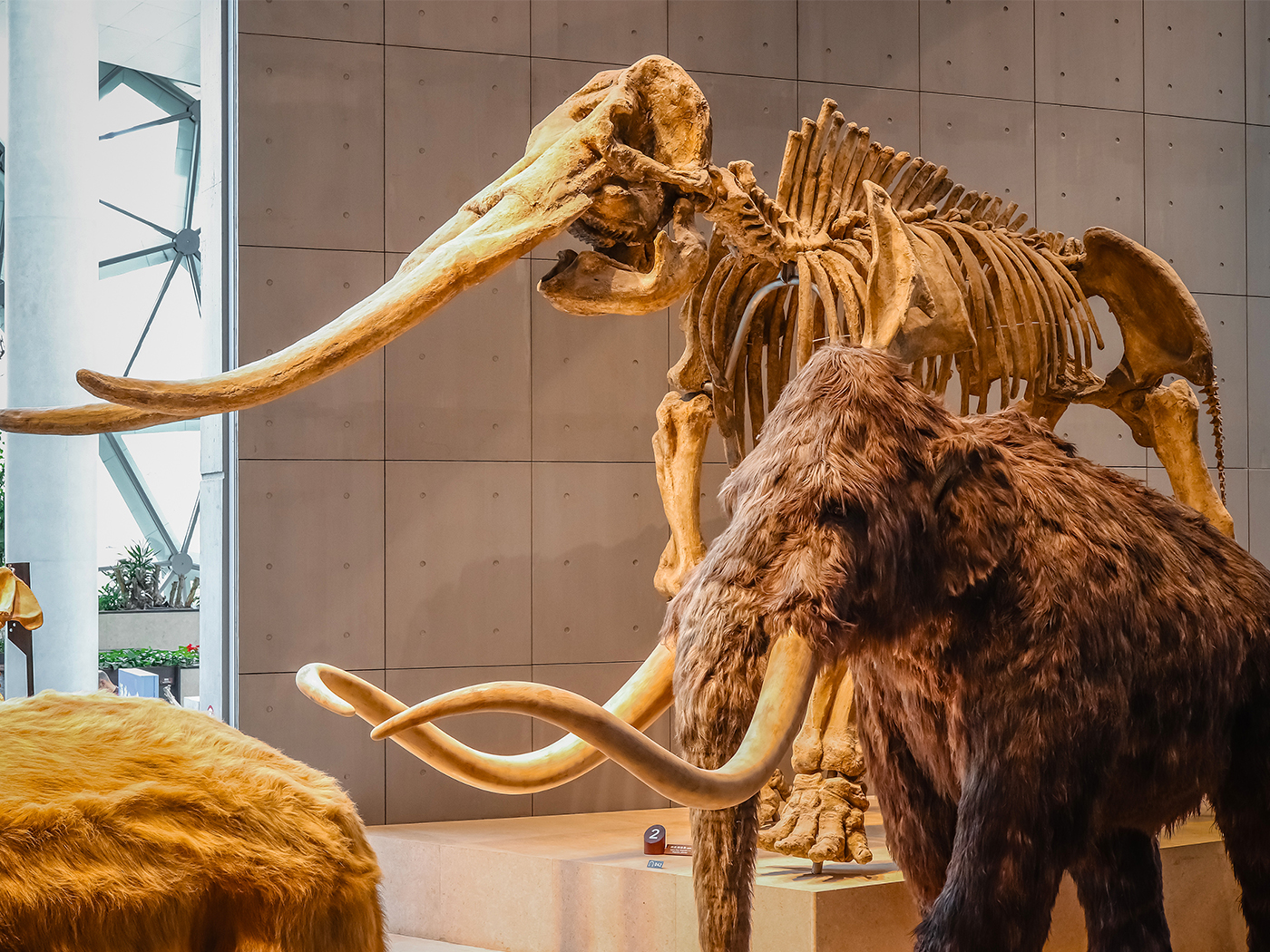Onon is “one of five Cuckoos that were satellite tagged in Mongolia last summer.” He will soon complete a journey of about 7,500 miles from his winter home in Zambia (southern Africa) up to his breeding grounds in Mongolia. “The bird has survived ocean crossings and high winds … [on] ‘a mammoth journey.’”1
Satellite technology monitors the avian equivalent of ankle bracelets (though not attached to bird ankles) to trace long-range bird migrations.2,3 Thus, when a tagged migrant fails to arrive “home” there is a likelihood that its demise can be geographically approximated.2,3
Unlike many migratory birds that use well-known stopovers—like Delaware Bay’s shoreline (with predictable food resources when they arrive), to refuel and rest before resuming their epic journeys—Onon is flying to Mongolia using a path that includes no known stopover that is noted for migratory bird “fast-food.”
Onon has crossed thousands of kilometres of the Indian Ocean without stopping, flying at an average speed of 60km/h [slightly above 35 mph] and traversing countries as far apart as Kenya, Saudi Arabia and Bangladesh.1
This bird news was reported on May 26 by Frank Gardner, president of the British Trust for Ornithology.1
For the last eight [now nine] years the British Trust for Ornithology (BTO) has been using satellite tags [since 2011] to uncover the mystery surrounding the migration of Cuckoos breeding in Britain in order to understand, and inform measures to help reverse, their precipitous decline. Now, for the first time, they are sharing their knowledge and expertise to help do the same in Mongolia.3
The opportunity to monitor these fascinating birds should remind us of how amazing God is to equip such petite creatures for such enormous travels. Unsurprisingly, this project has been in the works for some time.
The Mongolian Cuckoo Project is a partnership between BTO [British Trust for Ornithology] and the Wildlife Science and Conservation Centre of Mongolia (WSCC), the Oriental Bird Club (OBC) and Birding Beijing. The project builds on the success of 2016’s Beijing Cuckoo Project, which saw five birds fitted with satellite tags in the Chinese capital. One of these, named Flappy McFlapperson by pupils at a school in Beijing, gathered a cult following as she migrated from China to breeding grounds in Mongolia, then back through China on her way to wintering grounds in south-east Africa, documenting the migration of Asian cuckoos for the first time.3
If we aren’t blind to the big-picture, we should be astonished at how these transcontinental migrants demonstrate the compact power and persistence that God has installed in such a small flying animal. Common cuckoos are slightly more than one foot long and weigh only 1/4 to 1/3 of a pound.
Onon’s migration path, from winter home to breeding grounds, passes over at least 10 different nations, as well as coastal parts of the Indian Ocean.1 That’s a lot of “frequent flier” air miles on the bird’s odometer!
Actually, it’s good publicity for the common cuckoo, which (to many birdwatchers) is unsympathetically regarded as selfish, deceptive, and lazy at parenting, not to mention guilty of bluffing as only a bully would. How so?
The common cuckoo, like other cuckoos, practices “brood parasitism,” meaning that it sneakily deposits its eggs into the nests of other birds, so that the unsuspecting parents are saddled with the expense and trouble of raising a child that they never gave informed consent to raising.4
Contributing to the deceptive egg-laying mother cuckoo’s abdication of parental responsibilities is the father cuckoo. He mimics the noise of a predatory sparrow-hawk, frightening the true nest owners away from their nest just long enough for the clandestine cuckoo mother to deposit her egg into the unsuspecting bird couple’s nest.5
So, it’s about time that the common cuckoo did something noble, some might say.
Surely migrating 7,500 miles from Zambia to Mongolia, being tracked by satellite, is a heroic and admirable accomplishment. It should provide some reputational rehabilitation for this truly amazing bird.
Stage image: Cuckoo during migration.
Stage image credit: Frank Gardner. Copyright © 2020. Adapted for use in accordance with federal copyright (fair use doctrine) law. Usage by ICR does not imply endorsement of copyright holders.
References
1. Gardner, F. Epic 7,500-mile Cuckoo Migration Wows Scientists. BBC News. Posted on bbc.com May 26, accessed May 26, 2020. Of course, the Arctic Tern’s circumpolar migrations are perhaps the most famous long-distance migrations of all birds. See Johnson, J. J. S. 2010. Survival of the Fitted: God’s Providential Programming. Acts & Facts. 39(10): 17-18.
2. Mongolia Cuckoo Project. Birding Beijing. Posted on BirdingBeijing.com, accessed May 27, 2020. For a progress report on Onon’s Zambia-to-Mongolia migration, scroll down to the entry posted on May 17, 2020.
3. Staff Writer. British scientists working with local conservationists to track the fortunes of cuckoos in Mongolia (Press Release No. 2019-23). British Trust for Ornithology. Posted on bto.org August 1, 2019, accessed May 28, 2020.
4. Like cowbirds, cuckoos are famous as brood parasites—such as the bronze cuckoo that sneaks its eggs into nests of the superb fairy-wren. See Johnson, J. J. S. 2017. Pushy Parasites Parental Passwords. Acts & Facts. 46(2): 21.
5. The way male cuckoos mimic the threatening sound of sparrow-hawks is similar to how mourning doves threaten rodents by making sounds that resemble owls. Compare Isaiah 38:14 (doves “mourn”) with Micah 1:8 (owls “mourning”). This is called “threat reversal mimicry.” See Johnson, J. J. S. 2015. The Ghost Army. Acts & Facts. 44(11): 20.
*Dr. Johnson is Associate Professor of Apologetics and Chief Academic Officer at the Institute for Creation Research.




